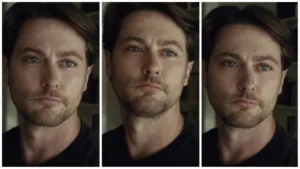The final session in the morning was a Q&A that included O’Brien, Baker, Stump and Tim Alessi, an executive from LG Electronics. Alessi agreed with Baker that getting the mix right in going to market is important for brand success. The CTA has said that there are more TVs than people in the US and brands have to offer a wide range to build market share and keep retailers happy. There is less difference between the best and worst TVs these days and unless there is side-by-side comparison, users cannot tell the difference.
Alessie is not very optimistic about getting rid of the demo mode on TVs as there is a wide range of different TVs in the market and it is hard to get them well set up to look good in store. If they don’t look good, consumers won’t buy – that was a big reason for the end of PDP, he said.
There was a question about 3D and Stump said that one of the problems was the low brightness of 3D display in the cinema. Alessi said that even though LG had a low cost and comfortable 3D glasses solution, many consumers were simply not prepared to put them on. The passive technology that LG used costs money and if consumers don’t value it,, you can’t afford to do it.
The final question was about 8K and whether there is a real benefit to 8K. Stump said that it’s a divisive topic for cinematographers. Some think it’s trying to solve a problem that doesn’t exist. On the other hand, Stump said he is working with a company that is developing 16K cameras and also a pixel by pixel display for that resolution. He said that Steve Yedlin, a famous cinematographer, has argued that FullHD is enough, but is beginning to come around to the idea that 4K may be useful. (Yedlin has a site here, but it wasn’t working when we tried it.)
Steve Yedlin argues against increasing resolution

